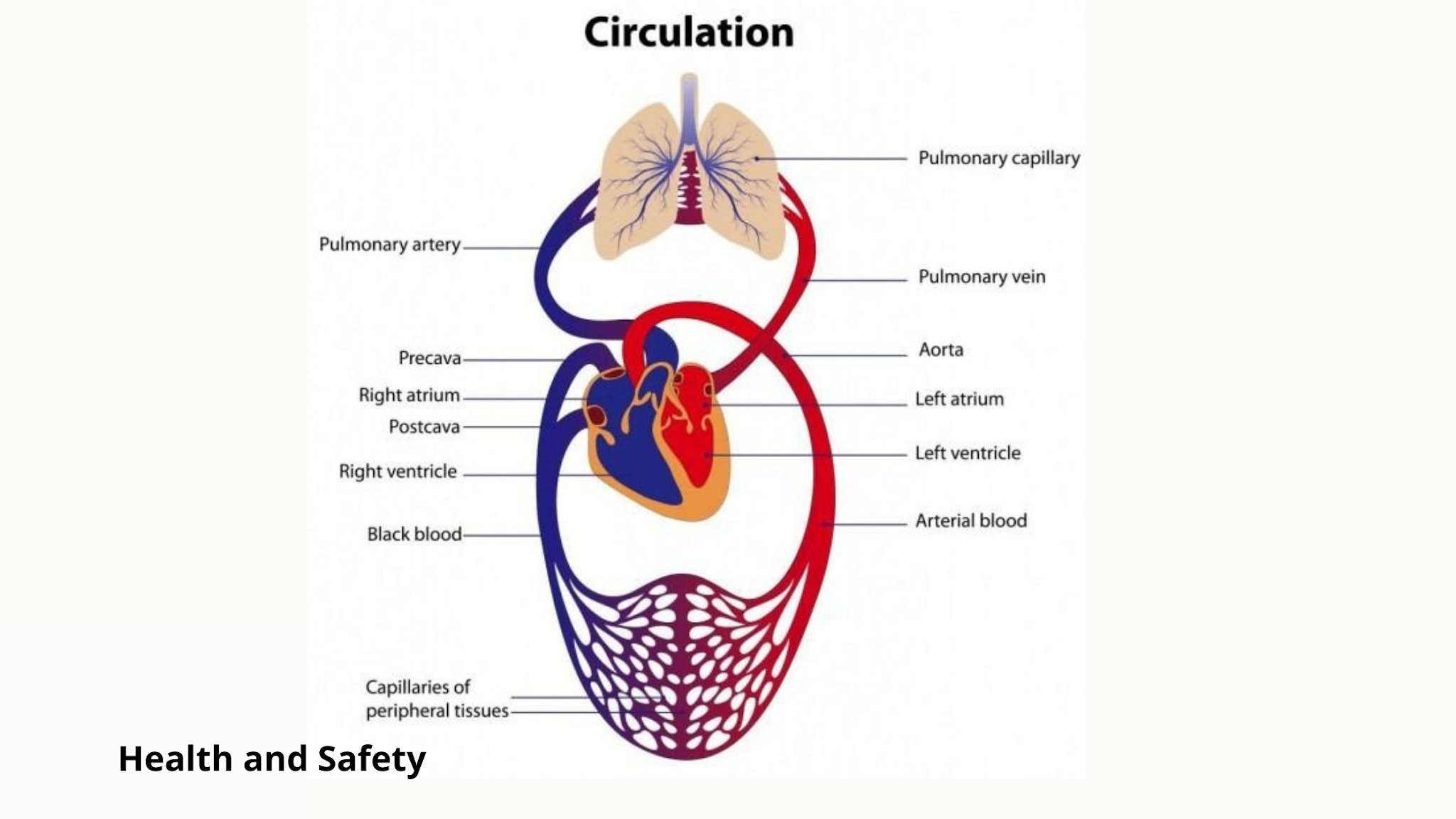Synergy Of Life: Understanding How The Respiratory System Works With The Circulatory System
The human body is a complex and fascinating machine, where various systems work in harmony to sustain life. Among these, the respiratory and circulatory systems play pivotal roles in ensuring that our bodies function efficiently. But how does respiratory system work with circulatory to keep us alive and thriving? To fully grasp this intricate relationship, we must delve into the mechanics of both systems and uncover how they collaborate to deliver oxygen and remove carbon dioxide. The respiratory system is primarily responsible for the intake of oxygen, which is vital for cellular functions. In contrast, the circulatory system ensures that this oxygen is distributed throughout the body while simultaneously collecting carbon dioxide for removal. The seamless interplay between these two systems is crucial for maintaining homeostasis and overall health.
Understanding how does respiratory system work with circulatory not only highlights the importance of these systems but also underscores the impact of lifestyle choices on our overall well-being. For instance, engaging in regular exercise enhances the efficiency of both systems, while poor habits like smoking can severely compromise their function. This knowledge empowers individuals to make informed choices that can lead to healthier lives.
In this article, we will explore the various aspects of how the respiratory and circulatory systems interact, the physiological processes involved, and their significance in maintaining optimal health. By answering common questions and providing insights, we hope to illuminate the remarkable synergy that keeps our bodies running smoothly.
What Are the Main Functions of the Respiratory System?
The respiratory system is primarily responsible for several key functions, including:
- Inhalation of oxygen from the environment
- Exhalation of carbon dioxide produced by cellular metabolism
- Regulation of blood pH through gas exchange
- Facilitation of vocalization through airflow
How Does the Respiratory System Facilitate Gas Exchange?
The process of gas exchange occurs in the alveoli, tiny air sacs in the lungs. Here’s how it works:
- When we inhale, air fills the alveoli, allowing oxygen to diffuse into the bloodstream.
- Simultaneously, carbon dioxide diffuses from the blood into the alveoli to be exhaled.
- This exchange is driven by concentration gradients, with oxygen moving from an area of higher concentration in the alveoli to lower concentration in the blood, and vice versa for carbon dioxide.
What Role Does the Circulatory System Play in Transporting Gases?
The circulatory system, composed of the heart, blood vessels, and blood, plays a crucial role in transporting oxygen and carbon dioxide. Here’s how it works:
- The heart pumps oxygen-rich blood from the lungs to the rest of the body through the arteries.
- As blood circulates, oxygen is delivered to cells while carbon dioxide is collected.
- Deoxygenated blood returns to the heart through veins and is then sent to the lungs for reoxygenation.
How Does Respiratory System Work with Circulatory During Exercise?
During physical activity, the demand for oxygen increases. This is how both systems respond:
- The respiratory rate increases to bring in more oxygen.
- The heart rate elevates to pump more oxygenated blood to the muscles.
- Efficient gas exchange becomes even more critical as carbon dioxide levels rise.
What Are the Effects of Smoking on the Respiratory and Circulatory Systems?
Smoking has detrimental effects on both systems:
- It damages lung tissues, reducing the surface area for gas exchange.
- It leads to the buildup of plaque in arteries, restricting blood flow.
- Overall, smoking compromises the efficiency of oxygen delivery and carbon dioxide removal.
How Can We Maintain a Healthy Respiratory and Circulatory System?
To support the health of these systems, consider the following:
- Engage in regular cardiovascular exercise.
- Maintain a balanced diet rich in fruits, vegetables, and whole grains.
- Avoid smoking and limit exposure to pollutants.
- Stay hydrated to help maintain optimal blood viscosity.
What Are the Signs of Respiratory or Circulatory System Issues?
Recognizing early signs of problems can be crucial:
- Shortness of breath or difficulty breathing
- Persistent cough or wheezing
- Chest pain or tightness
- Fatigue or weakness
Conclusion: Why Understanding the Connection is Vital
In summary, the respiratory and circulatory systems work together in a remarkable partnership that is essential for our survival. Understanding how does respiratory system work with circulatory provides valuable insights into maintaining our health and well-being. By taking proactive steps to support both systems, we can enhance our quality of life and reduce the risk of chronic diseases. It is imperative to recognize the signs of potential issues and seek medical attention when necessary, ensuring that our bodies continue to function optimally for years to come.
Ultimate Planet Zoo Guide: Craft Your Own Wildlife Sanctuary
Understanding Ordinal Variables: Examples And Applications
Troubleshooting Guide For Toshiba Fire TV Won't Turn On

How Do They Work Together? The Respiratory and Circulatory syStem

Cardiovascular and Respiratory System

The Respiratory System of Human Body